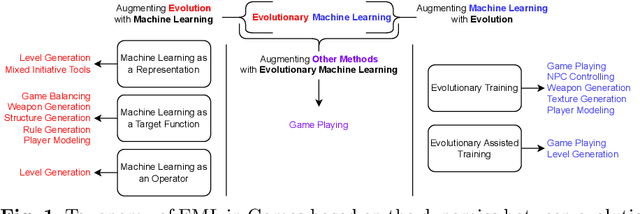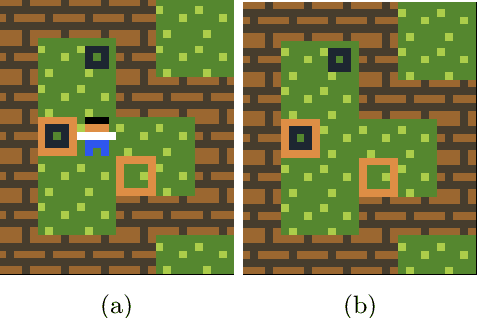Lisa Soros
On Creativity and Open-Endedness
May 28, 2024Abstract:Artificial Life (ALife) as an interdisciplinary field draws inspiration and influence from a variety of perspectives. Scientific progress crucially depends, then, on concerted efforts to invite cross-disciplinary dialogue. The goal of this paper is to revitalize discussions of potential connections between the fields of Computational Creativity (CC) and ALife, focusing specifically on the concept of Open-Endedness (OE); the primary goal of CC is to endow artificial systems with creativity, and ALife has dedicated much research effort into studying and synthesizing OE and artificial innovation. However, despite the close proximity of these concepts, their use so far remains confined to their respective communities, and their relationship is largely unclear. We provide historical context for research in both domains, and review the limited work connecting research on creativity and OE explicitly. We then highlight specific questions to be considered, with the eventual goals of (i) decreasing conceptual ambiguity by highlighting similarities and differences between the concepts of OE, (ii) identifying synergy effects of a research agenda that encompasses both OE and creativity, and (iii) establishing a dialogue between ALife and CC research.
Evolutionary Machine Learning and Games
Nov 20, 2023



Abstract:Evolutionary machine learning (EML) has been applied to games in multiple ways, and for multiple different purposes. Importantly, AI research in games is not only about playing games; it is also about generating game content, modeling players, and many other applications. Many of these applications pose interesting problems for EML. We will structure this chapter on EML for games based on whether evolution is used to augment machine learning (ML) or ML is used to augment evolution. For completeness, we also briefly discuss the usage of ML and evolution separately in games.
 Add to Chrome
Add to Chrome Add to Firefox
Add to Firefox Add to Edge
Add to Edge